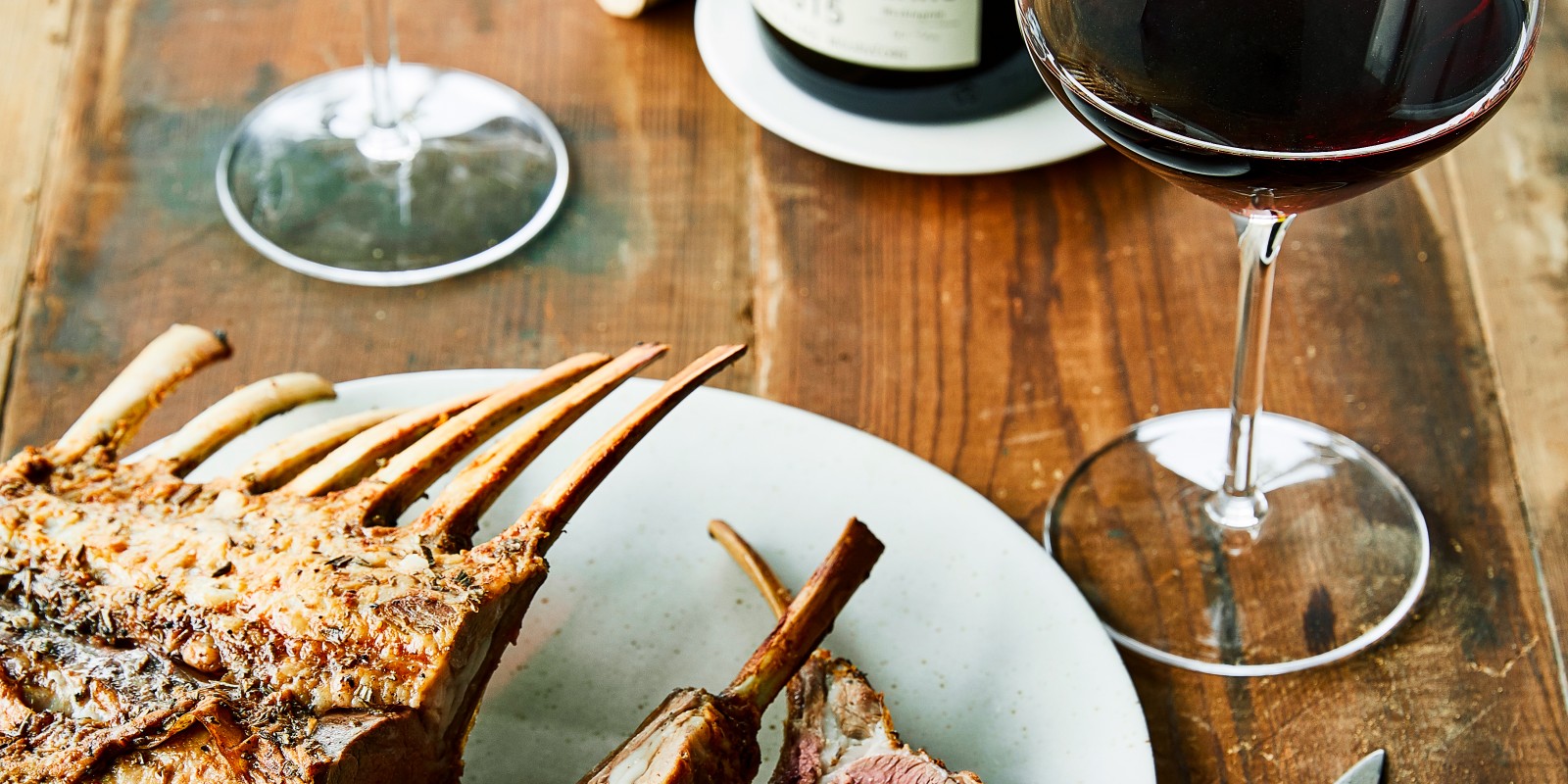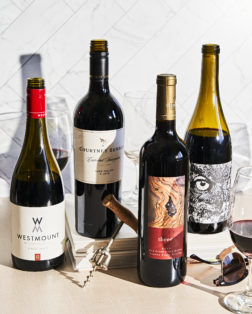
5 Tricky Food & Wine Pairings We’ve Mastered
Go beyond the classics with dynamic food-and-wine pairings from our backyard

As a sommelier who works at NoMad in Los Angeles, I spend a lot of time matching up wine with items from a fine-dining menu. Certain wines are known to elevate particular ingredients, of course—think of Muscadet and oysters, Sauternes and foie gras, and Cabernet paired with a juicy steak. It’s also thrilling what a little effervescence can do to a dish. (Try Champagne with french fries; it’s bliss.) But I’ll be honest: I don’t come from the school of thought that there are rules for eating and drinking. And considering that the West yields some of the country’s most sought-after delicacies, from seafood to cheese, why not pair this culinary bounty with wines from resident vintners producing intriguing sips from esoteric grapes?

The Sunset Wine Club
Wine Club members receive:
- 6 featured wines, shipped every 3 months
- Tasting notes and suggested pairings for Sunset recipes
- The first look at rare gems in the Sunset wine shop
- Exclusive member events
As with any great couple, you can easily discern why two elements work well together. A fruit-forward wine can enhance the savory or earthy components in a dish that might otherwise be subdued by others (think Pinot Noir and mushrooms); meanwhile, a glass of something with lifted acidity can cleanse the mouth after a rich bite and make you want to keep going back for more (imagine a crisp rosé with a buttery grilled cheese). Not every meal demands a perfect marriage. But it’s gratifying to discover a brilliant combination that enhances the experience of enjoying something delectable. Here are five of the region’s epicurean standouts with eclectic wine recommendations that go well beyond the usual suspects.
Lamb
The ranches of Colorado produce some of America’s finest lamb, typically milder in taste and richer in marbling than the imported variety from New Zealand or Australia. I can think of few more tempting feasts than braised lamb roasting for hours with thyme and rosemary, matched with the deep black fruits, herbs, and fresh spice of Mourvèdre. Although the grape is most associated with the wines of Provence and southern Rhône, it has found a home in Eastern Washington. Best to have on hand a few more bottles of the recently released “L’Idiot Du Village” Mourvèdre 2015 from Gramercy Cellars (Columbia Valley; $42) because you never know when a craving for chops or a rack will strike.
Sea Urchin
Once rarely seen outside of sushi restaurants and more often exported straight to Japan, sea urchin (aka uni) has become one of the most popular ingredients on menus no matter if they are French, Italian, or California-focused. With a flavor that’s a distinctive mix of briny, sweet, and buttery, the sea creatures are harvested off the coast near Santa Barbara. One of the most enlightening matches I’ve had was sea urchin pasta with a glass of off-dry Riesling. The uni had melted into the spaghetti strands, coating them in a creamy saline sauce, and the wine lent just a hint of sweetness. I’ve been trying to re-create the contrast of flavors ever since and would attempt again with a bottle of Smith-Madrone Riesling 2014 (Spring Mountain District, Napa Valley; $30).
Goat Cheese
Cypress Grove has a ripple of vegetable ash in their Humboldt Fog; Laura Chenel’s fresh goat cheese is soft and milky; Andante Dairy takes a cue from the classic French crottin. What these cheeses all have in common (besides being made in Northern California and, as it happens, by women) is a creamy tang that is unmistakably goat cheese. In France’s Loire Valley, the most traditional wine choice is a local Sauvignon Blanc, like Sancerre. But I prefer goat cheese with the region’s other white wine, Chenin Blanc. Thanks to a balance of orchard-fruit aromatics, a hint of floral, and just the right mineral edge, the wine goes equally well when the cheese is young and when it adopts a nuttiness. I’d pack all three for a picnic, along with Lieu Dit Chenin Blanc 2016 (Santa Ynez Valley; $26).
